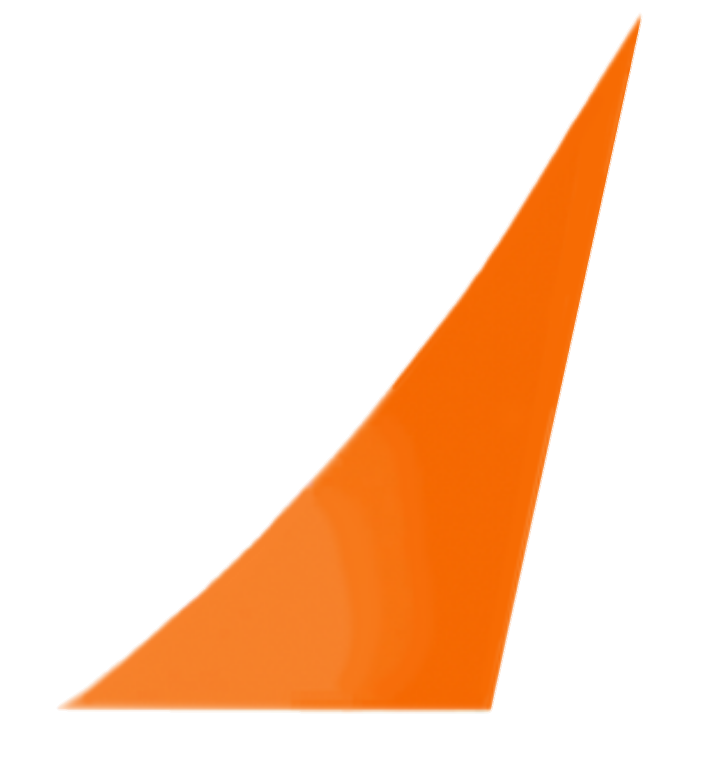bluewavecaptain
Seaman Apprentice
- Joined
- Feb 23, 2013
- Messages
- 31
I have a 1977 Carver Santa Cruz. It has the OE motor and Volvo Penta 280 outdrive. It was my grandfather's boat. I don't have a detailed history other than it's spent it's life in freshwater and supposedly the engine heads were "gone through" at some point in the past.
I'd like to pull the motor and go through it and rebuild it. Everything is currently stock. I am not looking for more speed or horsepower. I want reliability and fuel economy. Looking at more of a "endurance" build for trips and such. I have been trying to search around on the inter-webs for some resources, but I'm not really finding much for rebuilding a Ford V8 marine engine. I know there's a difference to marine engines and their components versus an automotive motor. I have repair manuals for the setup and all the original paperwork/manuals for the boat. Some advice and tips would be appreciated.
I'd like to pull the motor and go through it and rebuild it. Everything is currently stock. I am not looking for more speed or horsepower. I want reliability and fuel economy. Looking at more of a "endurance" build for trips and such. I have been trying to search around on the inter-webs for some resources, but I'm not really finding much for rebuilding a Ford V8 marine engine. I know there's a difference to marine engines and their components versus an automotive motor. I have repair manuals for the setup and all the original paperwork/manuals for the boat. Some advice and tips would be appreciated.




















